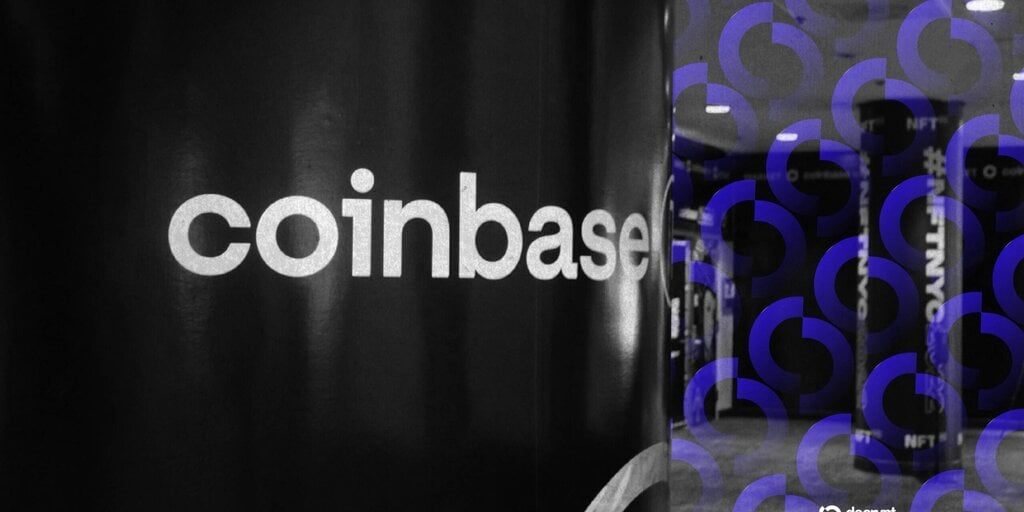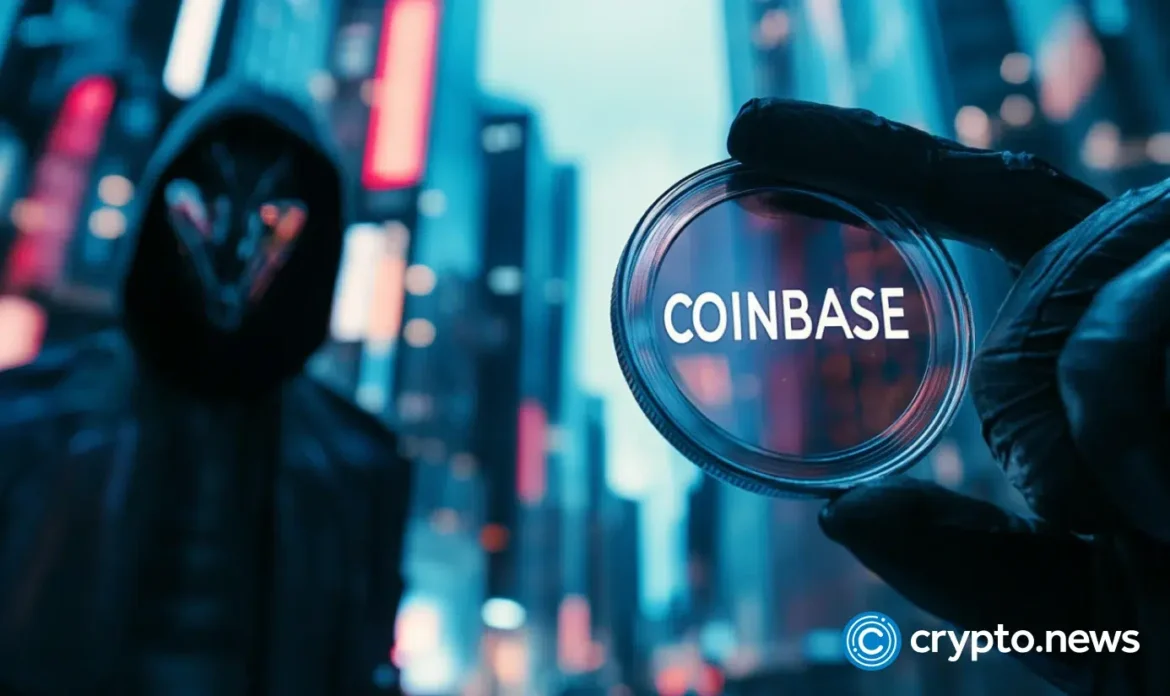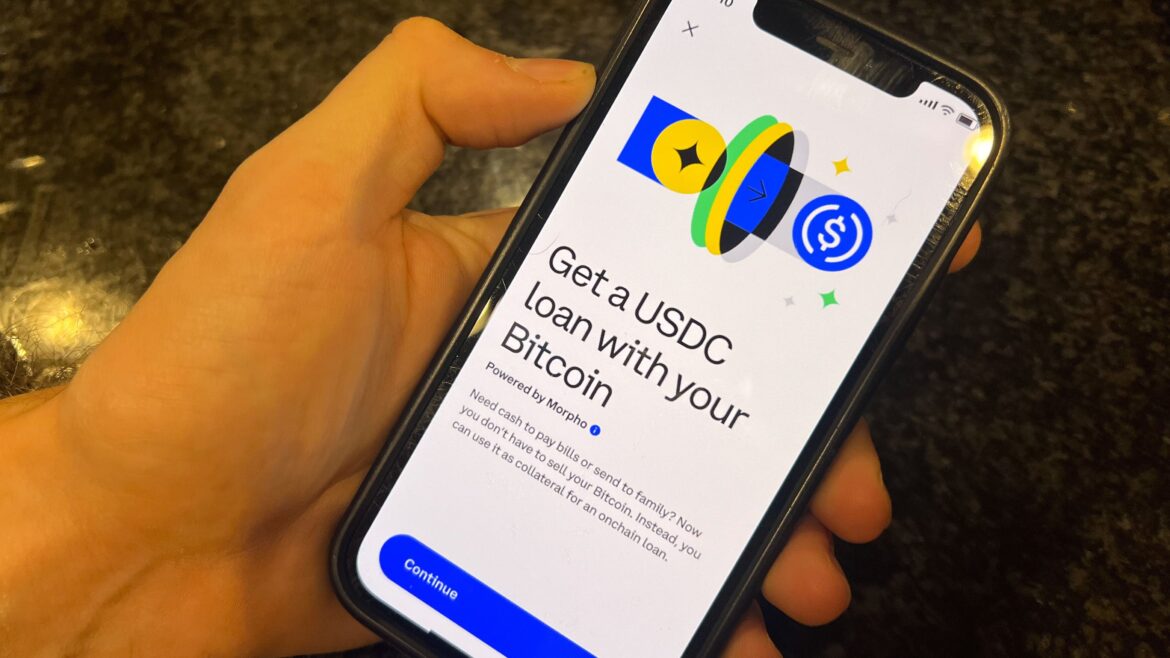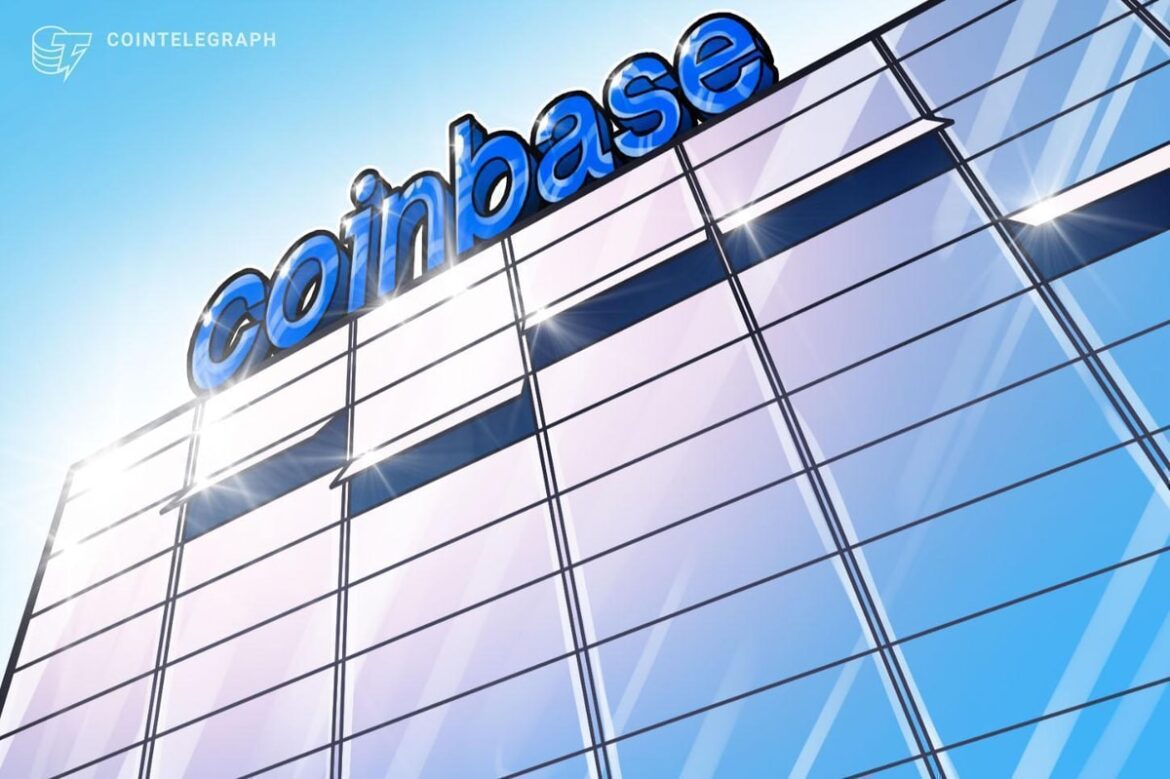- Stripe hits $100 million in USDC transfers across Polygon, Ethereum, Base
- More and more corporations join stablecoin race
Stripe, a leading global fintech company, hit an all-time high in USDC stablecoin transfers. In September 2025 alone, the platform processed over $17 million in USDC via three blockchains, with Polygon (POL) outshining Ethereum (ETH).
Stripe hits $100 million in USDC transfers across Polygon, Ethereum, Base
Stripe’s Global Financial Accounts service eclipsed a cumulative $100 million in transfers via the USDC stablecoin. This massive amount was processed on three blockchains: Polygon (POL), Ethereum (ETH) and Base.
Such results were shared by Alex Obchakevich, seasoned cryptocurrency researcher and investor, with his 64.5K followers on X yesterday, Oct. 3, 2025.
In September 2025, the platform set a new all-time high in terms of stablecoin rails’ usage. Stripe transmitted $17 million in USDC coins. Since May 2025, Polygon (POL) has been processing more value than Ethereum (ETH), the Dune dashboard by Obchakevich says.
In total, Polygon (POL) was responsible for $51 million in equivalent, Ethereum (ETH) processed $48 million, while Base totaled $3 million.
The service is available in over 100 countries and territories globally. Paxos, a U.S. fintech heavyweight, is handling the technical side of the integration.
More and more corporations join stablecoin race
In 2025, more and more Web2 digital payment systems are exploring the opportunities of stablecoins. Last week, PayPal launched Aave incentives for its PYUSD stablecoin.
As covered by U.Today previously, Ripple president Monica Long named TradFis integrating stablecoins as one of the hottest trends of 2025.
You Might Also Like
While such integrations are associated with some technical and regulatory challenges, they definitely contribute to the adoption of stablecoins.
The aggregated supply of stablecoins is sitting at $310 billion as of press time.










